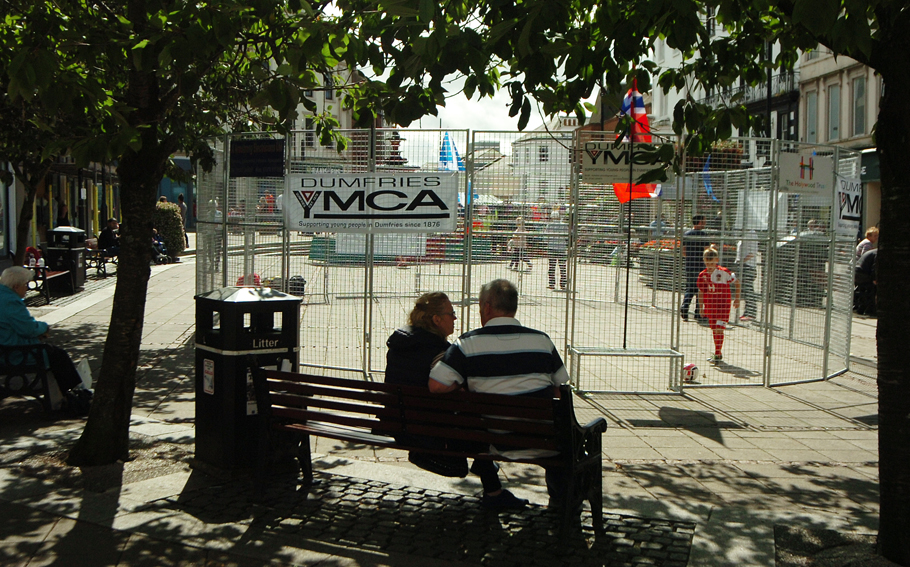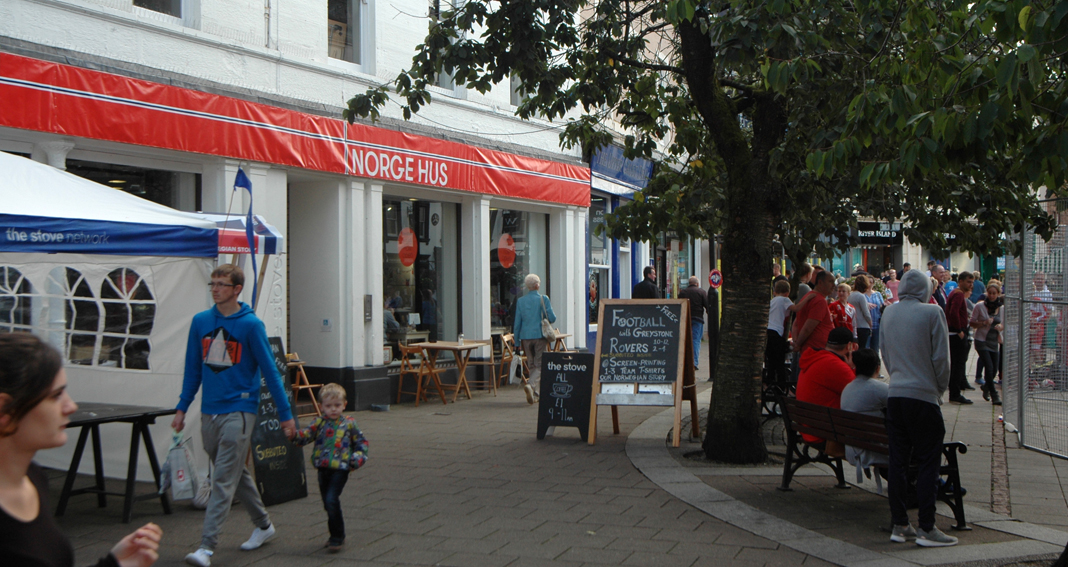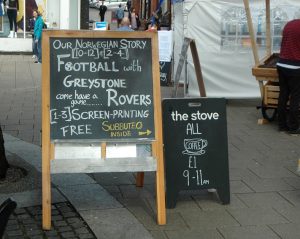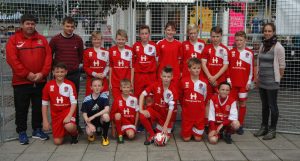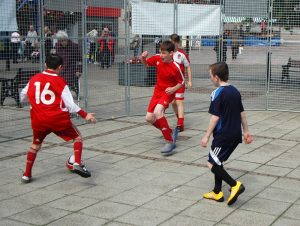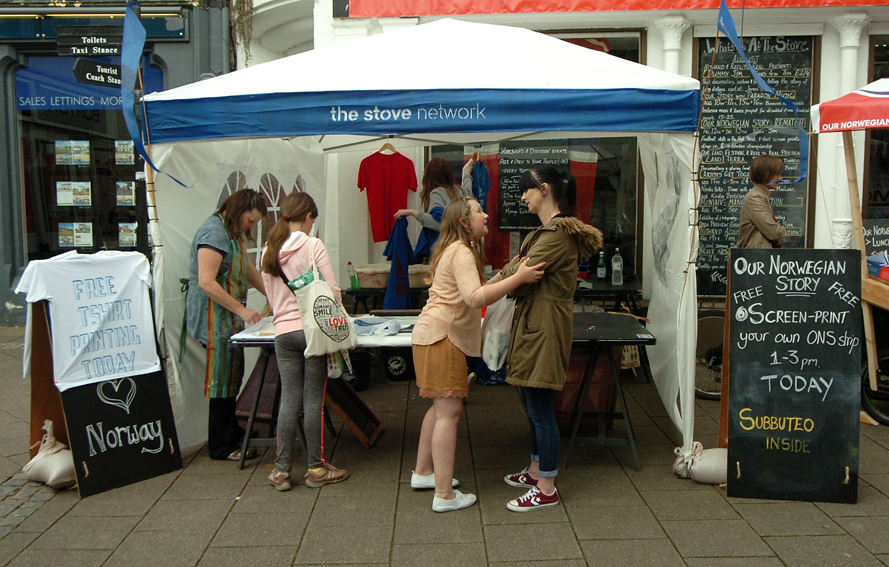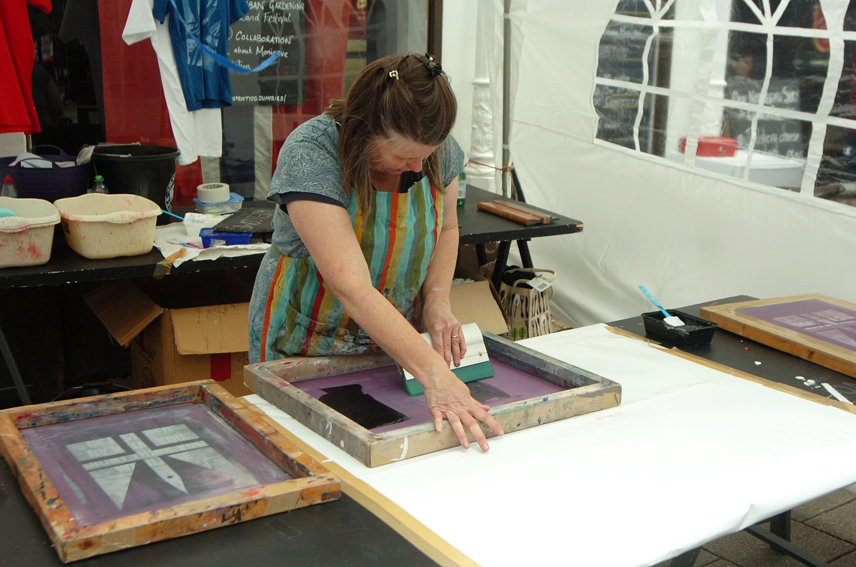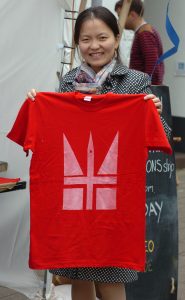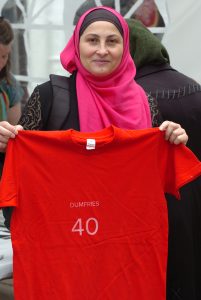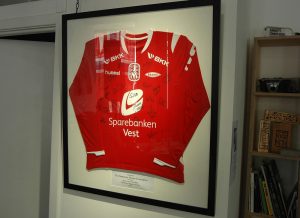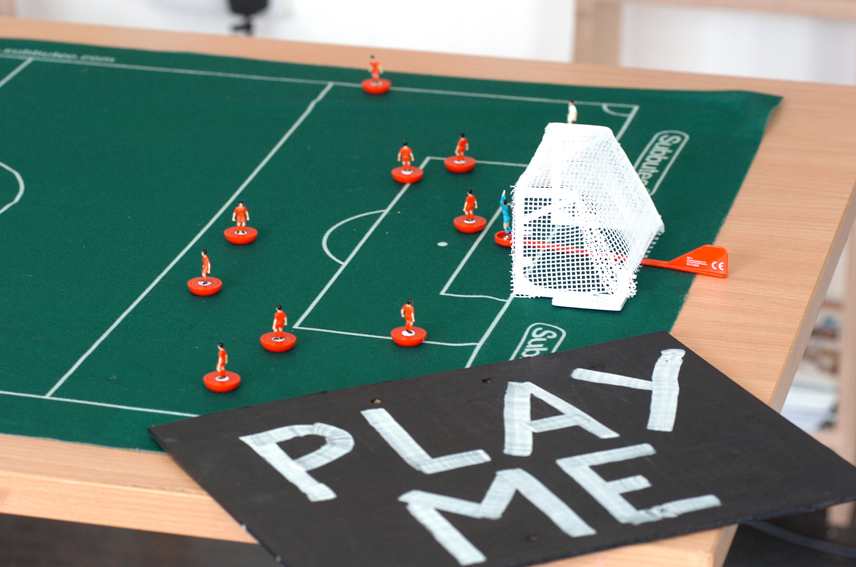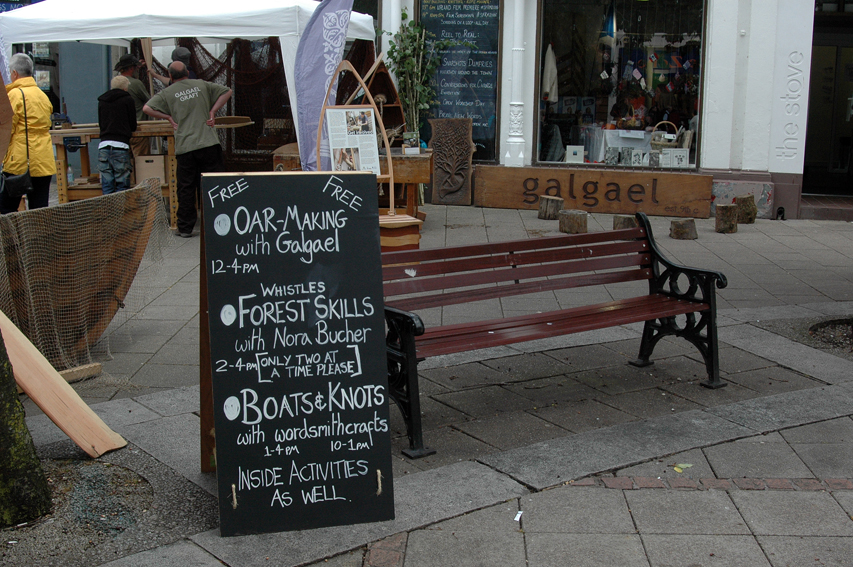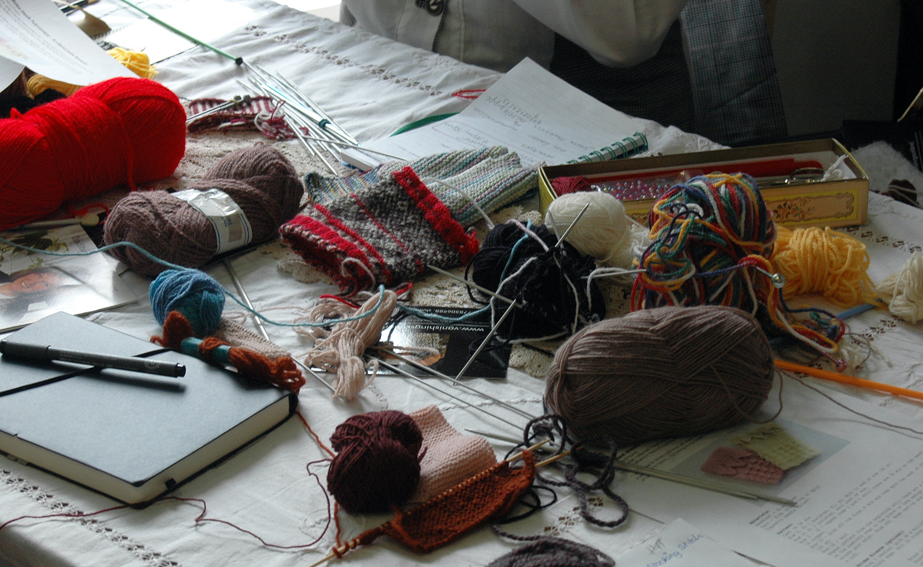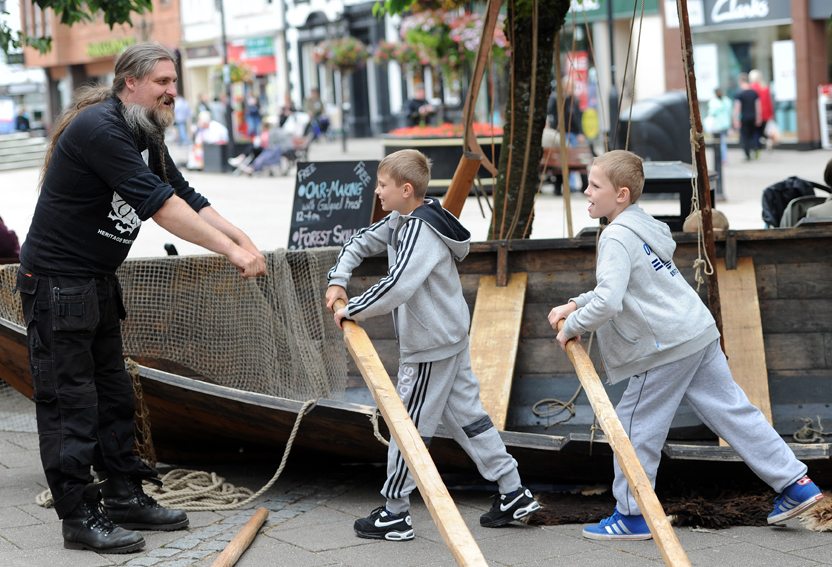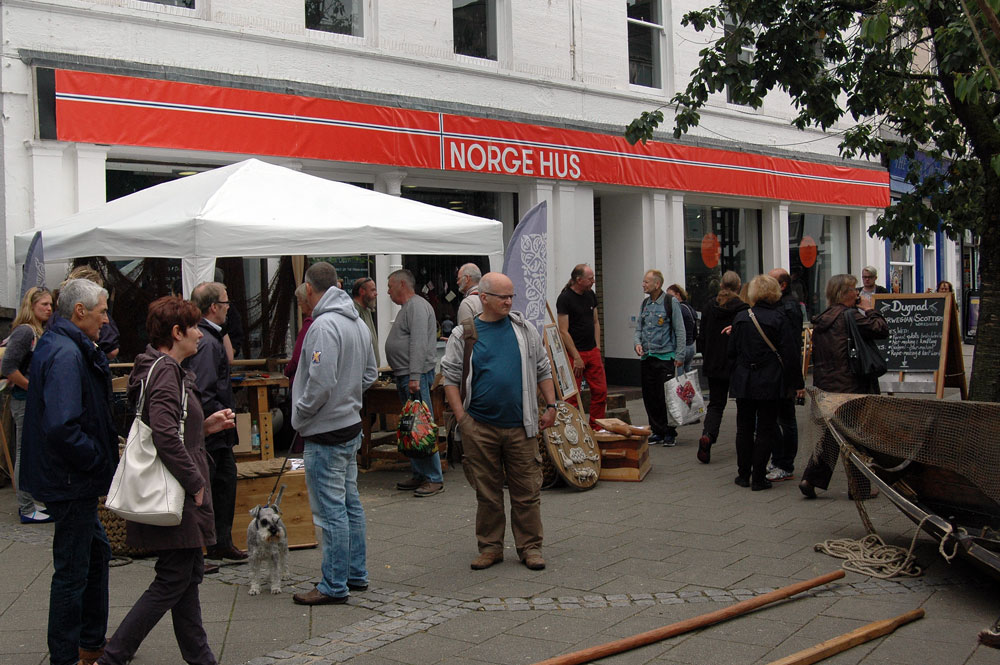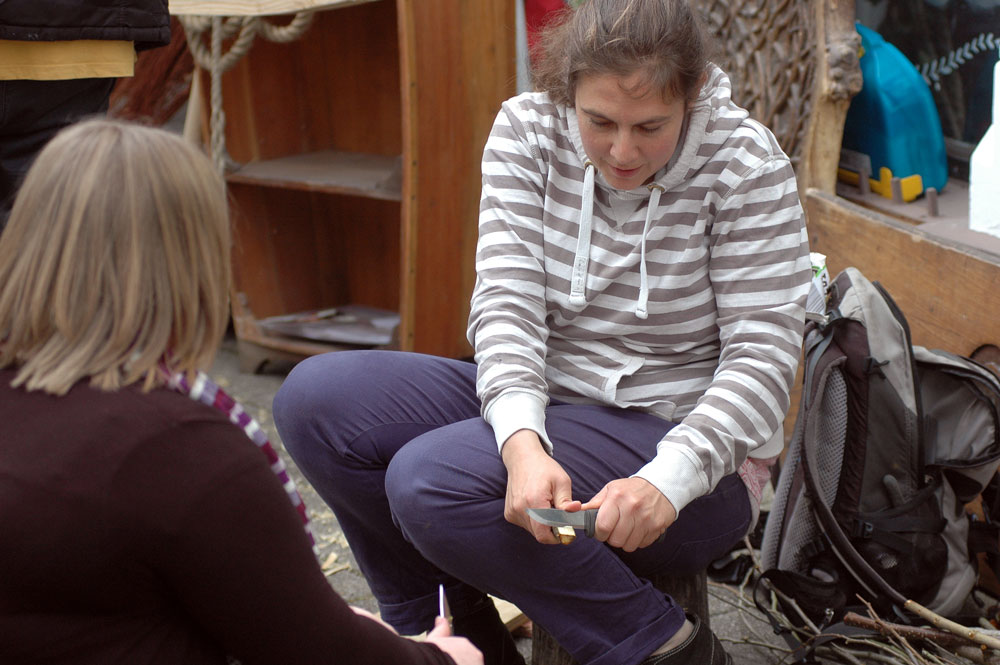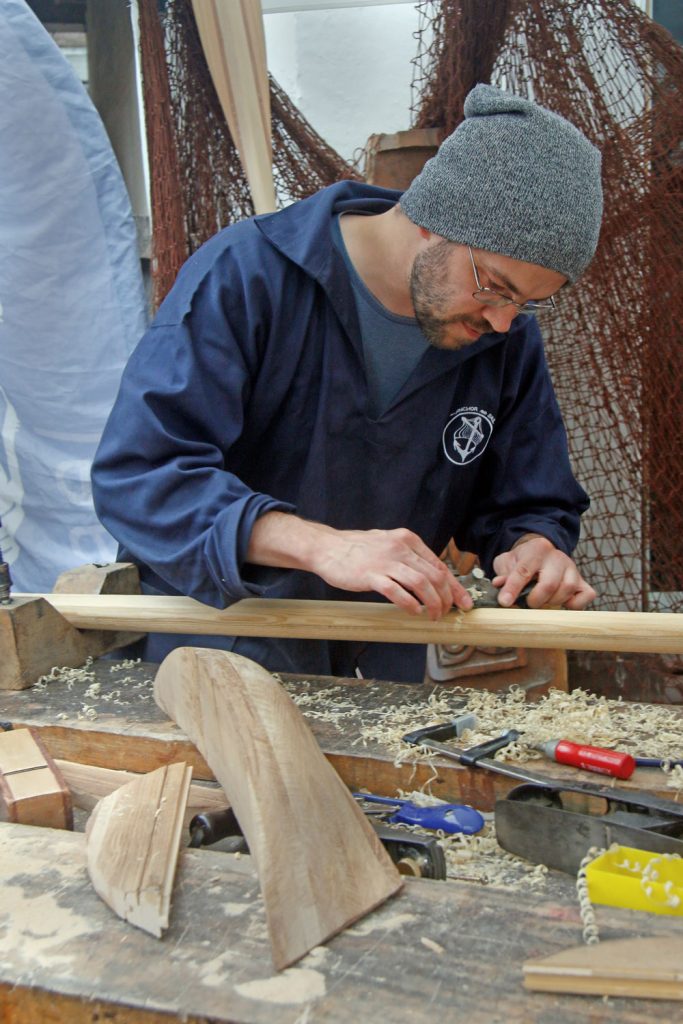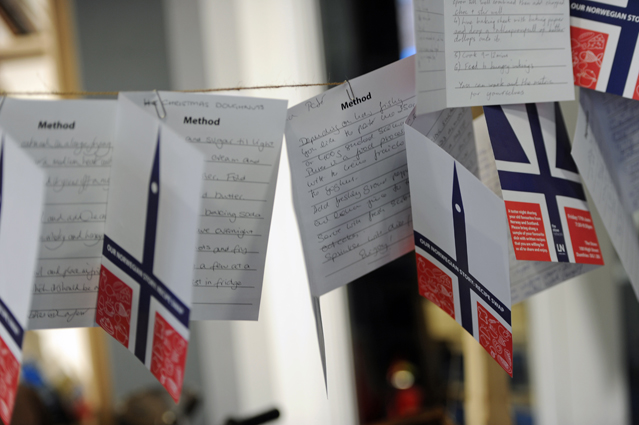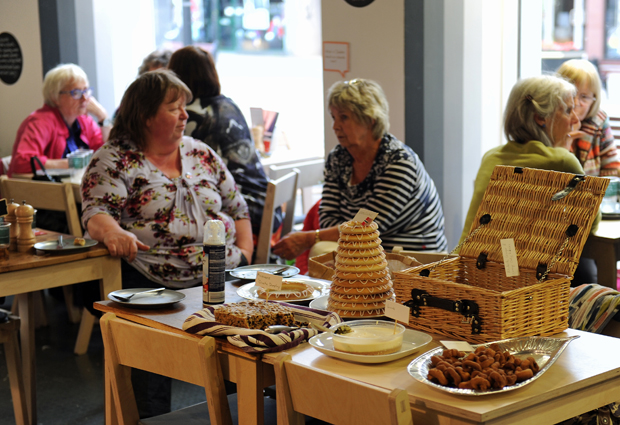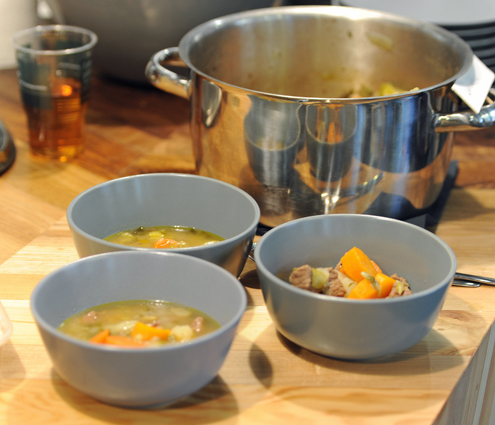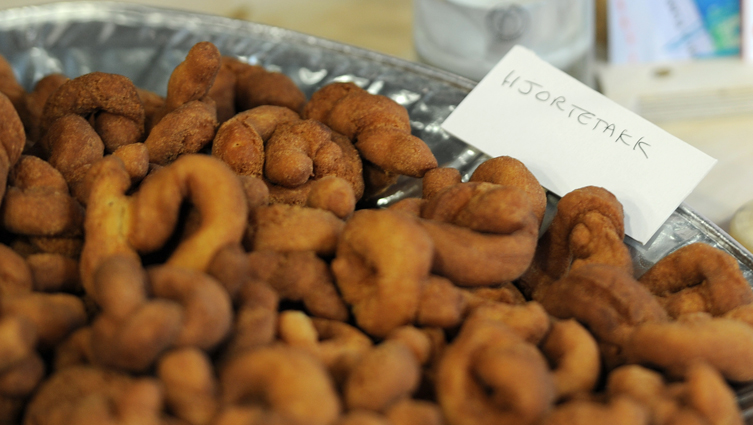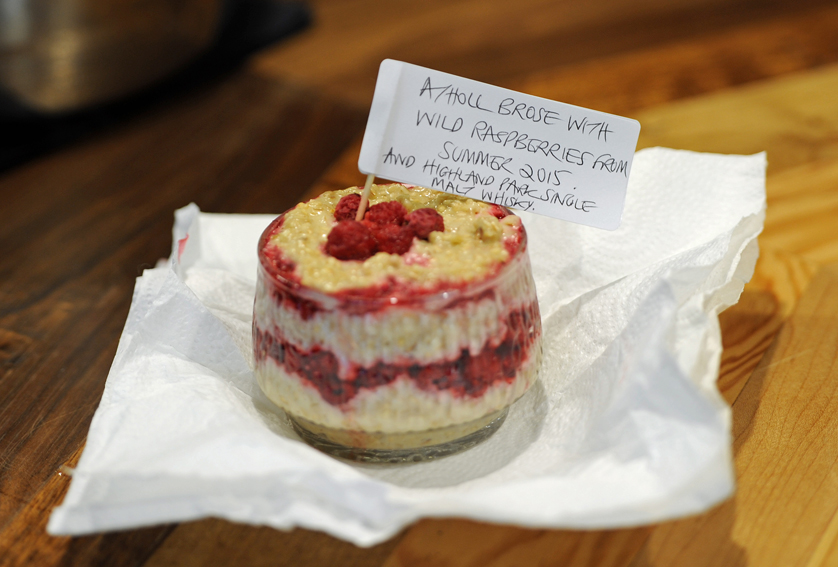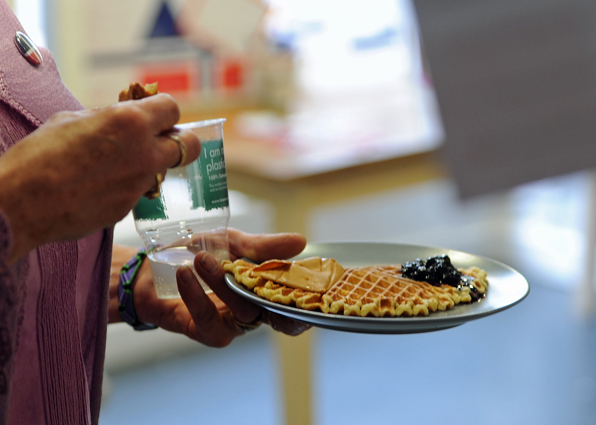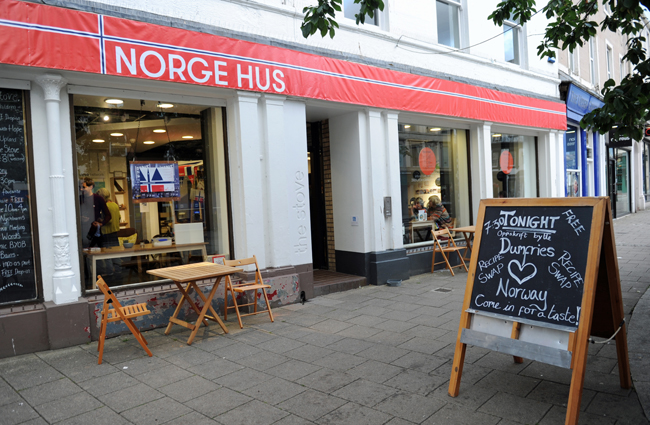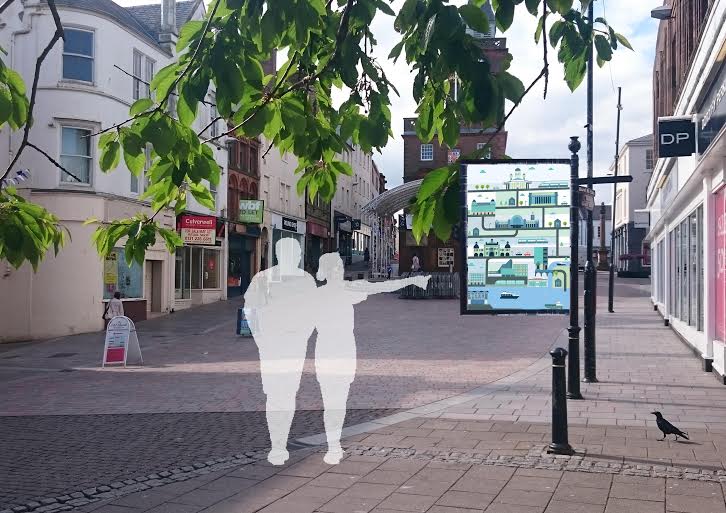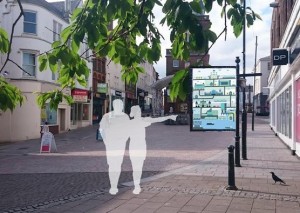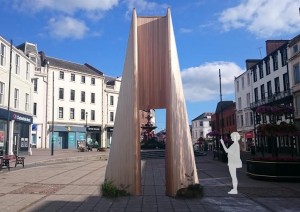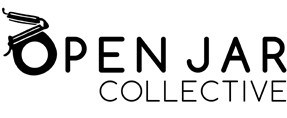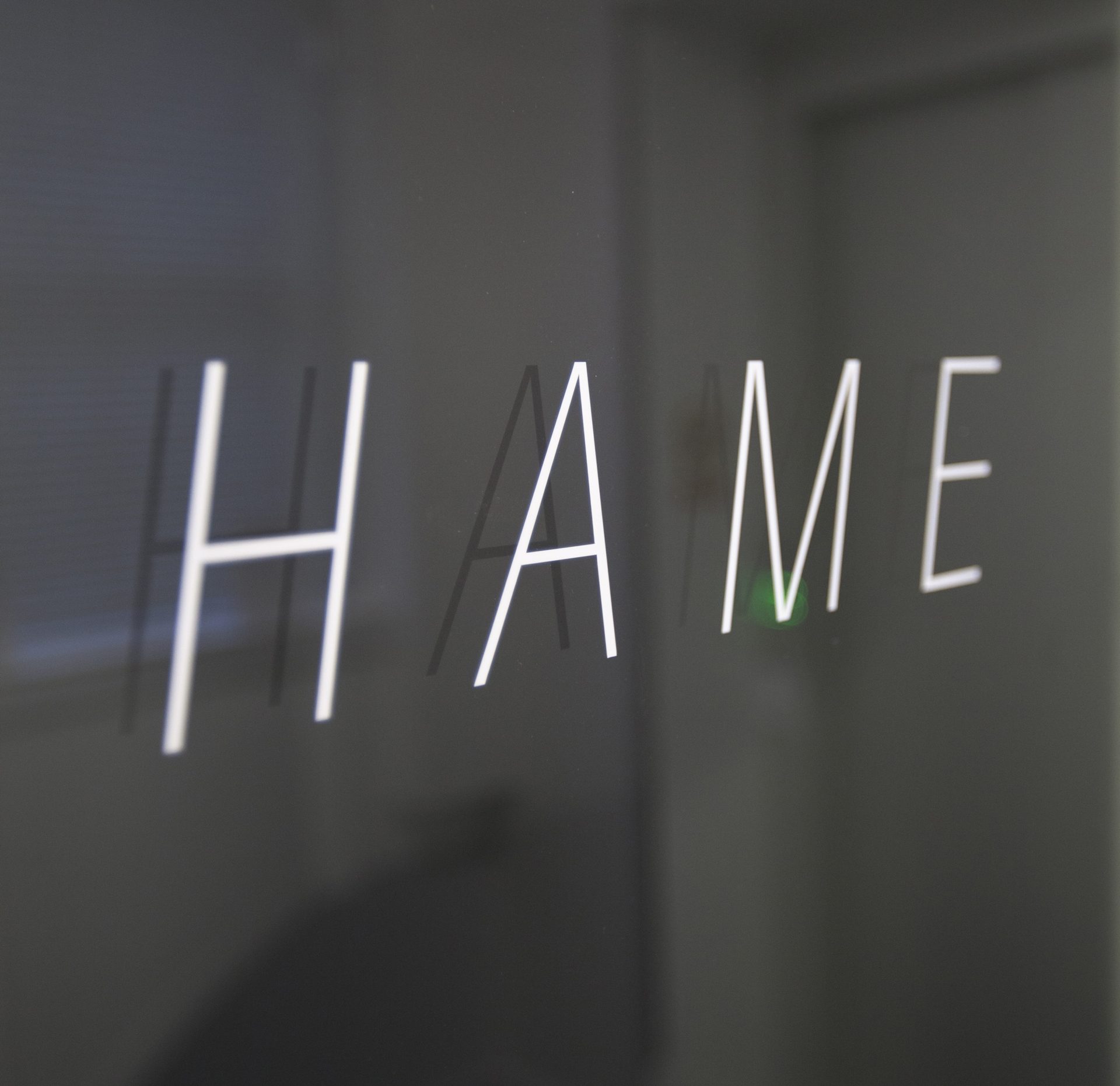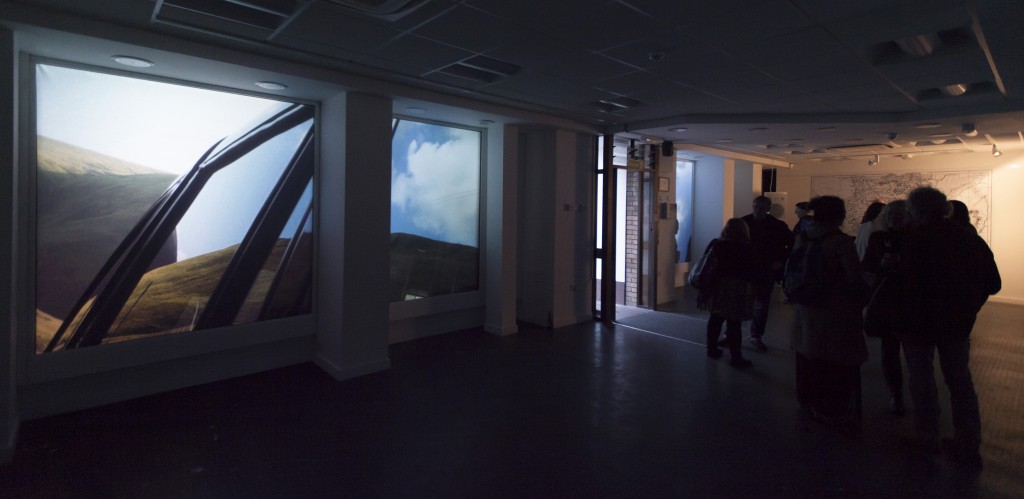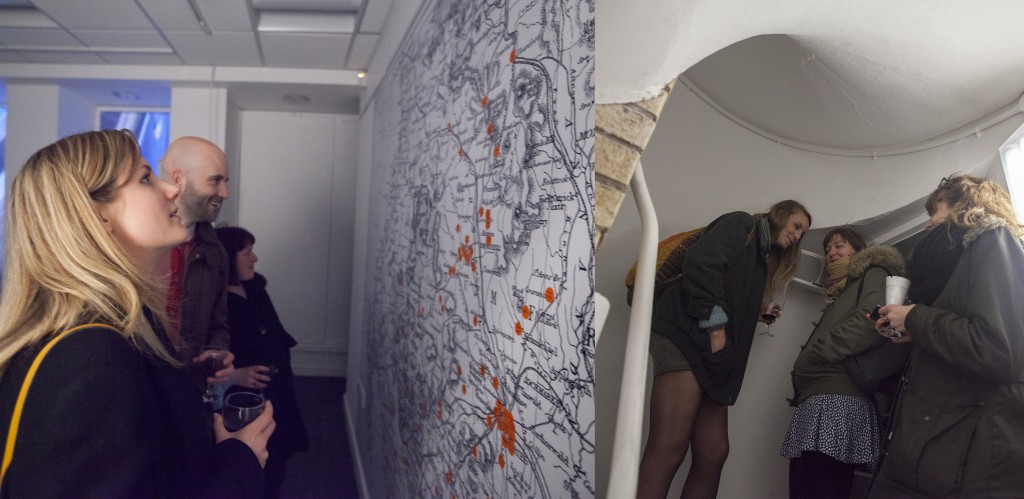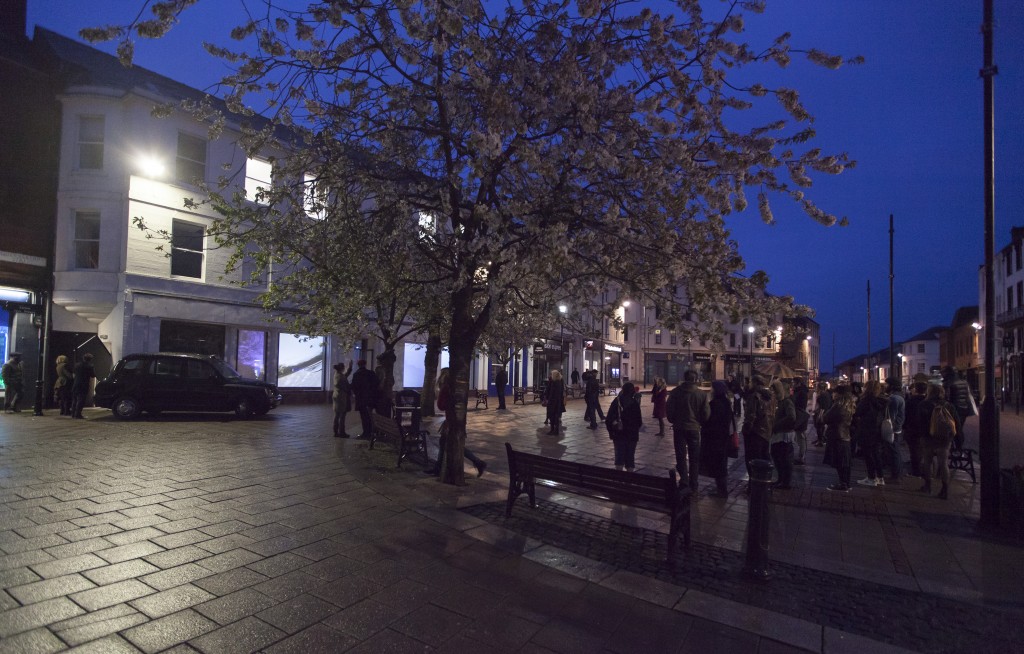Catering Scoping Project for The Stove – Abridged version to accompany Catering Tender
Original version by Clem Sandison, Alex Wilde and Hannah Brackston
Outline of the project
The aim of Open Jar’s work with The Stove Network was to gather ideas and viewpoints about the creation of a catering enterprise at The Stove. Following a period of targeted conversations with key stakeholders and pop-up engagement activities with the public, Open Jar Collective produced a report. This will now inform how the space is developed and used by the public, and forms part of tendering process to appoint someone to deliver the catering enterprise at The Stove. From Dec 2014 – Feb 2015 we surveyed the food businesses local to the Stove building, spoke to eleven individuals / group and ran a public feeding creativity event, which 20 people attended.
Identified needs
By the Stove:
- To provide a welcoming space that is a community resource, a hub for the arts community, a space for people to share and connect
- To provide a flexible space that be used for a range of events, workshops, meetings or other ways of engaging people
- To have the functioning of any cafe element of the space operated autonomously
- A catering enterprise would be a stepping stone to the wider programme of the Stove and activities within the building. A way of signposting people.
- An income stream as part of the social enterprise of the Stove Network Ltd charity and an integrated part of the activities of the charity.
- A desire to offer something different with its own unique identity
- A desire for the approach to be ethical in terms of operation, production and supply
- Connected to the wider aim of regeneration and attracting people into the town centre
- To connect with the street outside the Stove and activity in the square
In the meetings:
- Training opportunities in the hospitality industry for college students
- Somewhere to go after 5pm in the town centre
- There is very little for 14 – 21 year olds in Dumfries
- For people to work together to rejuvenate the town centr
- To create a destination
In the feeding creativity event:
- Place to meet and space for groups to hire
- Connecting with local food and food producers
- A platform for exchange of knowledge or produce between small scale growing
projects/allotments/community gardens - Mindfulness of food – simple menu, good food, affordable price, nourishing environment, sharing table / space
- A space that is accessible to young people
- To promote transparent and ethical buying
- Collaboration – support a range of other local businesses
- Not displacing existing business – offering something new or distinct
What are the opportunities?
- There is a lot of goodwill towards to Stove and excitement about the new building and what it can offer.
- Offer something different, most places in the town centre are the same
- Work with the college to cook food off-site
- Multi-functional arts venue – meet needs of lots of different groups
- Alcohol free? – Stricter drink-drive limit – pub atmosphere in a cafe environmen
- Experiment with the waste food catering model
- Growing Hub – connect allotments, exchange/barter schemes, information and knowledge about growing, seed banks
- To provide education about growing produce and cooking methods
- Bringing food production into the town
- Profit share with pop-up guest chefs / food producers
- To create a community of people/organisations within the building which has it’s own momentum and draws in different audiences
Challenges
- If you have a specific offer in order to be a viable business (eg. local food focus), how do you avoid alienating people who aren’t attracted by that particular focus?
- Quality is really important
- Is it possible to have a social objective of local, fairtrade, ethical and make money?
- Not to be in direct competition with other food businesses in the town
- Need a shift of mindset to encourage people to support small, independent business over the chains and multi-nationals
- To ensure that an operator didn’t crash and burn due to lack of revenue or energy after a year
- To create a viable enterprise opportunity given the lack of space and kitchen facilities
Considerations / restrictions
Restrictions of prep/serving/storage area:
- The limited space available for preparing food, cold storage and serving means that it is fairly impossible to do much more than hot and cold drinks, cakes and maybe soup.
- Catering for pop-up events would still need to happen off-site as there are not the facilities to make cooked meals.
- The conversion of the space off the courtyard into dry storage is essential to enable a catering enterprise to operate.
- A double prep/washing up sink (in addition to the hand wash sink) will need to be permanent fixtures in the space along with the coffee machine, and electrics to power fridges.
- Ideally the double sink and additional cold storage would be in the courtyard but this doesn’t seem feasible given potential building restrictions and the pillar blocking access.
- Design will require counter area for serving, preparation and till. Cold storage required, recommend 3 undercounter fridges minimum – for milk, cold drinks, and food. Additional dry storage space for daily stock.
- Need to be able to reconfigure the space on a regular basis for events so you will want to limit fixed items and have units on wheels.
Design / fit out:
- How do you balance the brand of the cafe with the aesthetic vision of the Stove for the space?
- Coffee machine would be expected to be part of the equipment that came with the space.
- Due to space limitations, it may be difficult to fit in a dishwasher in the proposed set-up. This means that all drinks and food would need to be served in compostable paper plates/cups, essentially like take away. This may not appeal to all customers. If an industrial dishwasher was integrated into the prep space and china serving ware was used, additional staffing would be required to clear tables and manage washing up and additional storage space would be needed for china.
Further thoughts
Sourcing / Pricing policy:
There is a direct tension between local/fair trade sourcing and affordability/accessibility of the cafe (i.e. having a more expensive menu than other local cafes and therefore being seen as niche market). The general trend in food businesses in Dumfries is to sell at a very low price (e.g. £1.40 for a take away toastie). This results in food that is not locally sourced, organic, ethical, and is often quite highly processed. Some people in Dumfries may be willing to pay more for better quality ethically sourced food (making it a unique selling point for the cafe), but not everyone. The Stove need to make a decision about how important local food is to them, and define what they mean by ‘local’, ‘ethical’ and ‘sustainable’ in the tender document, as these terms can be very widely interpreted. The Cafe manager/operator may need to charge more than other cafes in the area to fulfil this brief. It’s quite simple to serve organic fairtrade tea and coffee, because the mark-up is much greater on hot drinks than it is on food. There is good profit margin on seasonal veg soups, so this would be a good item on the menu to showcase local produce. Sourcing good quality meat, cheeses, and bread, and keeping prices competitive with other local establishments will be more difficult. The Stove could consider developing a “prefered supplier” list e.g. cheese from Loch Arthur, bread from Earth’s Crust, dried goods from Greencity Wholefoods. The Cafe Manager/Operator would then need to price the menu accordingly based on these suppliers. We think seasonal soup using local ingredients could be the unique food offer, and the best option with limited prep/storage space. This could be a springboard for creating a local food hub, engaging with local growers and setting up fruit and veg bartering schemes. This requires a creative and competent cook/cafe manager to make use of available seasonal produce to prepare fresh soup each day. Alternatively the cafe manager could research other caterers/local businesses that could supply fresh soup, sandwiches, and cakes on a daily basis.
